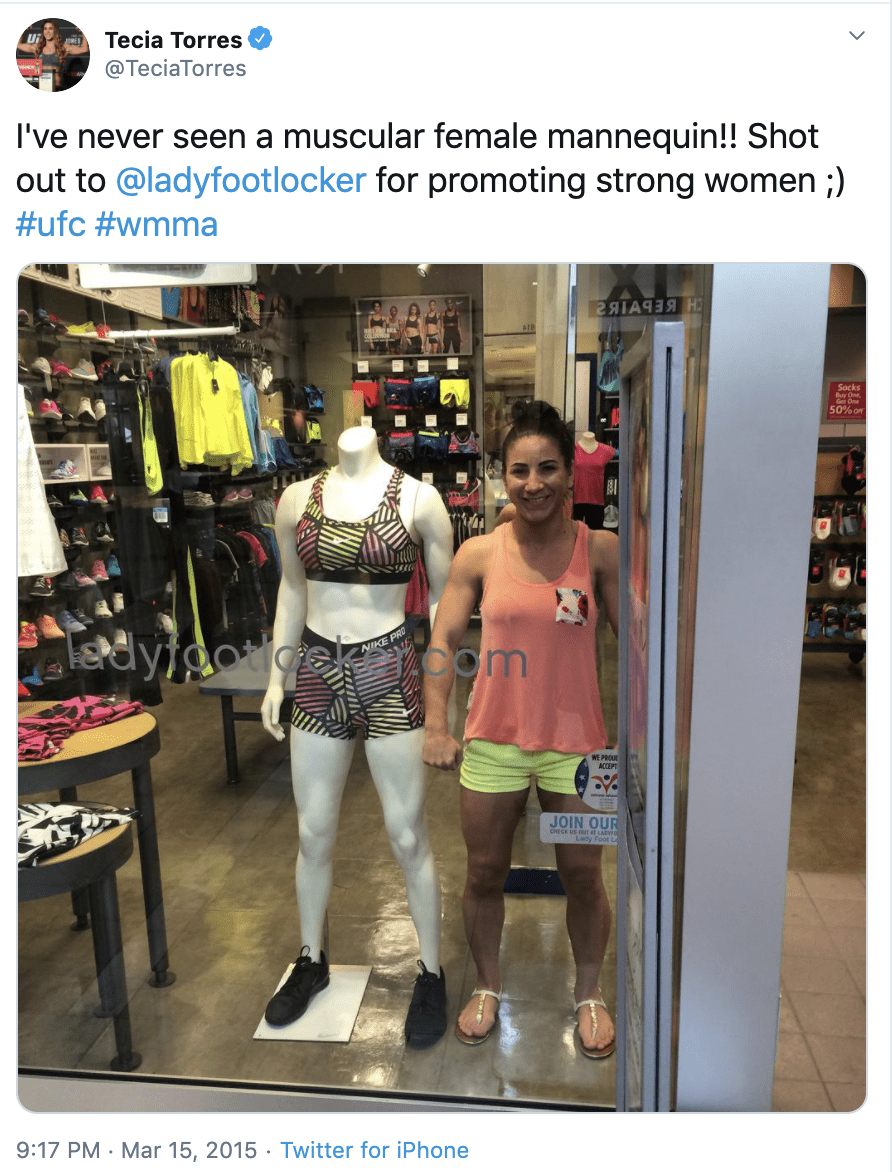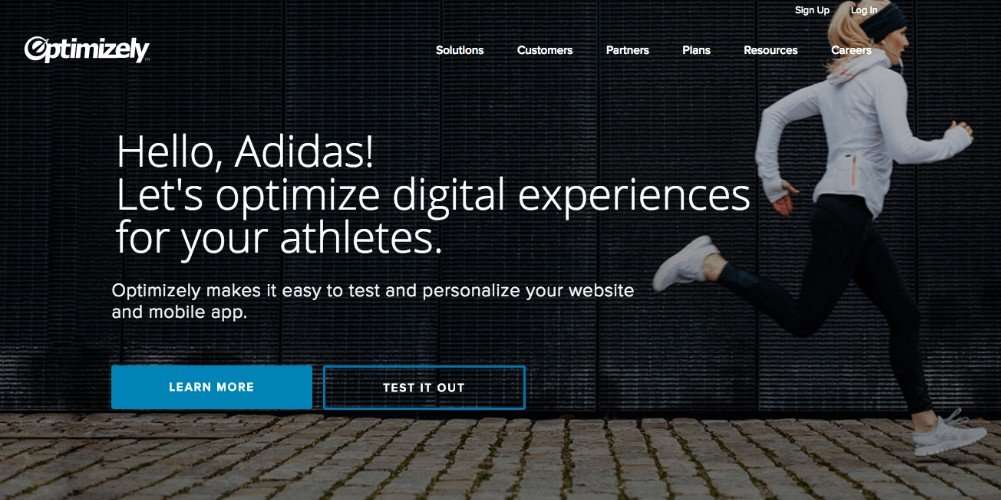Quick Definition: The Self-Reference Effect says people remember information more easily when it’s relevant to them.
Have you ever spent an entire video call looking at yourself on screen?
Nothing’s more fascinating to people than themselves. In fact, people spend 60% of a conversation talking about themselves. When people use social media, this jumps to 80%. People’s brains even code information differently when it’s about them.
Why? It’s down to a behavioral science principle known as the Self-reference Effect.
What is the Self-Reference Effect?
The Self-Reference Effect says people remember information more easily when it’s relevant to them. Our brains encode personalized information differently, resulting in enhanced recall, learning, and persuasion.
Several studies have found that customers are more likely to respond to ads when the models look like them. Referencing a customer’s internal picture of themselves is even more powerful.
For example, if a woman thinks of herself as “strong”, she’s more likely to prefer experiences that reference “strength”. If she’s shopping for running gear and notices the female mannequins have obvious muscle tone, she’ll see the brand as more relevant to her (as UFC fighter Tecia Torres did in the tweet below).

How Brands Apply the Self-Reference Effect
1. Netflix: Personalized content recommendations
Netflix’s biggest challenge is getting the right content in front of the right people. So they’ve developed an algorithm that recommends content based on what people already prefer. In fact, more than 80% of Netflix shows customers watched in the last two years have been as a direct result of Netflix’s recommendation engine.
Netflix leverages existing customer behavior to create a relevant experience. And when customers see their preferences reflected in a recommendation, they’re more likely to engage.
2. The Dove “Real Beauty” Campaign: Reflect your customers in your advertising

Source: Dove.com
In the early 2000s, the Dove personal care brand discovered its customers didn’t see themselves reflected in beauty marketing. Featured models were nearly all tall, thin, white, and young. This visual uniformity had a negative impact on how women felt about their looks.
In fact, Dove found that “only 4% of women around the world consider themselves beautiful.” This insight, and others like it, drove Dove to create the Real Beauty campaign.
The brand began championing female empowerment by using more diverse models, and the results were incredible. In the first ten years of the campaign, sales jumped from $2.5 to $4 billion. Dove bars became the number one preferred soap brand in the U.S., and the product became parent company Unilever’s best selling product.
🚀 Learn what makes buyers tick
Join 8k+ of world's best marketers from brands like Disney, Coca-Cola, Google who are learning marketing psychology in <5 mins a week.
3. Optimizely: Hyper-relevant lead pages
Optimizely works with big brands to perfect their digital content. But the company’s biggest challenge is making sure the leads gathered by their contact forms are strong. As Takeshi Young, Digital Marketing Manager at Optimizely wrote:
“Although many visitors would create accounts, lots of them were unqualified, with incomplete lead data. This created problems further down the sales funnel…”
To meet this challenge, Optimizely created 26 different versions of their site. Different audiences would see a different landing page. For example, unknown customers see a different page than customers who’d spent a few hours reading the Optimizely blog.
Optimizely even created specific landing pages for potential customers, like Adidas and Microsoft:

Source: Optimizely Blog

Source: Optimizely Blog
After implementing this self-reference strategy, Optimizely saw impressive results:
- 113% increase in conversions to their “solutions” page
- 117% increase in conversions to the account creation process
4. Brooks Footwear: Dynamic Content
The Self-reference Effect can also be used to reflect a customer’s environment. In fact, 60% of marketers say using contextual signals such as location, weather, and temperature, drives action.
Brooks, a running shoe brand, used this insight to create dynamic emails based on a user’s environment. If their local weather was warm and sunny, customers would get an email featuring a runner wearing shorts with the headline, “Hot weather, cool runs”. If the weather was rainy and cold, they’d see a headline image of a woman wearing a jacket with the headline, “Don’t take a rain check on your run”.

Source: Email on Acid
The Bottom Line: How to Apply the Self-Reference Effect
The Self-Reference Effect can be a powerful tool when designing communications and experiences. Reflecting customers’ personal identities, preferences and beliefs can drive engagement, brand love, and sales.
When it comes to applying the Self-reference Effect to your experience, ask yourself:
- How deeply do we know our customers? Not just their demographic information, but their thoughts, fear, goals, and aspirations? Does our experience reflect how they see themselves?
- Are we creating experiences that reflect the customer’s environment? For example, are people getting ads for winter coats when it’s 80 degrees outside? If it’s cold outside, are we trying to sell them ice cream? Is there something unique about where they live and work that we need to take into consideration when designing their experience?
Want to learn more about how your buyers tick (using marketing psychology, behavioral science, and predictive AI)?
👉 When you’re ready, Choice Hacking can help:
- Coaching: Looking for clarity, focus, and confidence in your marketing and/or career? Behavioral Science-powered 1-on-1 Coaching could be a good match for you.
- Courses & Skill Sessions: Improve your customer experience, customer journey maps, presentations, landing page conversion rate, and more with the power of applied behavioral science in a self-directed course.
- Training: We can help your team level up their work with psychology, behavioral science, and AI training.
- Consulting: Get professional insight to grow your business with projects like:
